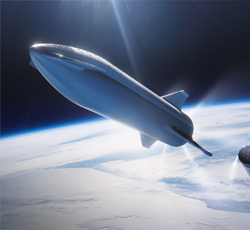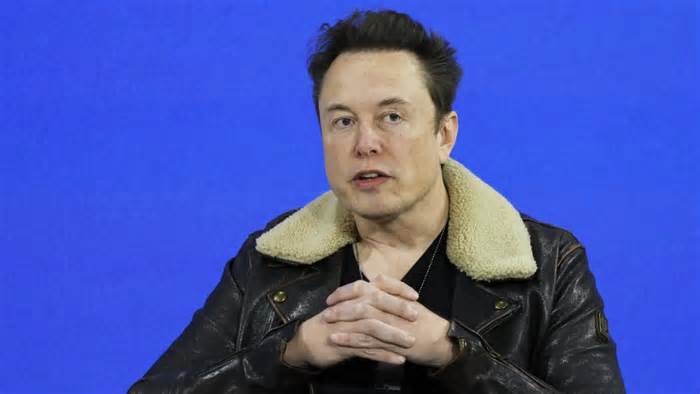
What is Starlink and how does it work? - Digital Trends
- by Digital Trends
- Feb 02, 2022
- 0 Comments
- 0 Likes Flag 0 Of 5

If you’re interested, you can sign up for their preorder list.
How much does Starlink cost?
With its current beta pricing, eligible customers can get Starlink internet service for $99 a month. There is also a one-time, upfront cost for equipment of $499. The equipment includes a base for the satellite dish, the dish, and an integrated Wi-Fi router.
That may seem expensive, but it’s actually incredibly competitive compared to traditional satellite providers. And, for much faster speeds.
How does Starlink work?
If you’ve ever used satellite internet, you might be familiar with how it can cause lagging or buffering, making it difficult to do things like gaming or video conferencing. To solve issues like this, the SpaceX Starlink satellites operate in a lower orbit than previous satellites. That leads to faster speeds and better latency, though the consistency still isn’t as good as cable internet.
Because the satellites are so much closer to Earth, they also don’t have the same large coverage area. That’s why the company needs to launch so many of these smaller satellites, which they refer to as “smallsats.”
For the satellites to communicate, the company has built gateways around the world to help exchange signals, although they’re currently experimenting with laser technology to allow the satellites to communicate directly and eliminate the need for a gateway.
What this means for Starlink users, then, is that once they install the Starlink kit, the antenna will automatically locate the closest satellite and connect. Because the satellites orbit in a chain, each satellite will then find the next one and the next, which should create a seamless connection for the user.
How fast is Starlink internet?
According to the Starlink website, the service can maintain download speeds of between 50 and 150 Mbps and upload speeds of around 10 Mbps. That should be fast enough for households to do most of what they need, whether it’s gaming, remote work, streaming, or virtual learning.
Starlink does currently have outages from time to time, as they’re still working to increase the number of satellites they have in orbit for coverage. The biggest issue for people tends to be finding a place to set up their dish to get consistent service throughout the day. Of course, that’s why the Starlink beta phase is named “Better Than Nothing.”
About the Starlink satellite trains in the night sky
The Starlink satellites are relatively small satellites and only weigh about 551 pounds apiece. They definitely fall into the small but mighty category with everything they do, though.
Each Starlink satellite has been described as a wireless router that can fly and is solar-powered. To link to the user terminal (often referred to as “pizza box” ground stations), the satellites have a phased array of antennas on the side facing Earth. They’re also equipped with Hall-effect krypton gas thrusters to not only maintain orbit but also to assist in a deorbit burn when they expire.
The train configuration that Starlink is putting into place is due to the low orbit they maintain. Satellites that exist in a higher orbit are visible to a larger area on the ground. In a lower orbit, that field is smaller (but Starlink makes up for it by having so many more satellites in a row).
That should mean that as one satellite moves out of range for a Starlink customer, the next one is right there and should link up to provide high-speed internet seamlessly. There still aren’t enough satellites in the air for perfect service, and some temporary gaps are expected as SpaceX launches continue.
Because they’re such low-orbit satellites, many people have reported spotting a Starlink constellation moving across the night sky.
Please first to comment
Related Post
Stay Connected
Tweets by elonmuskTo get the latest tweets please make sure you are logged in on X on this browser.






 Energy
Energy


















